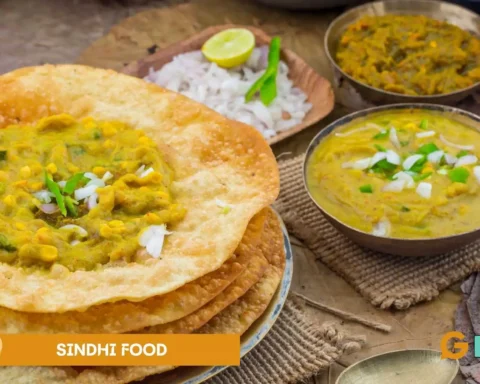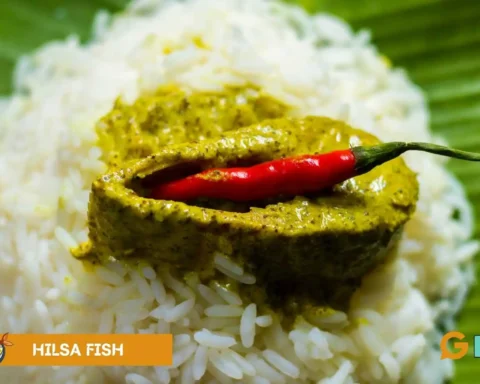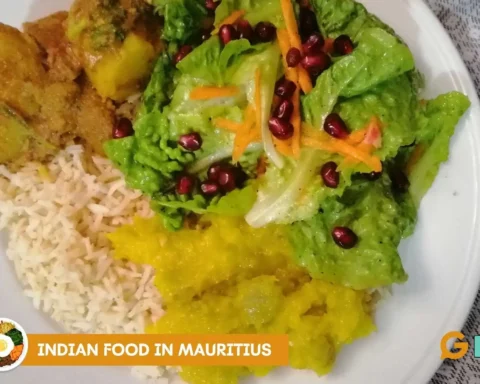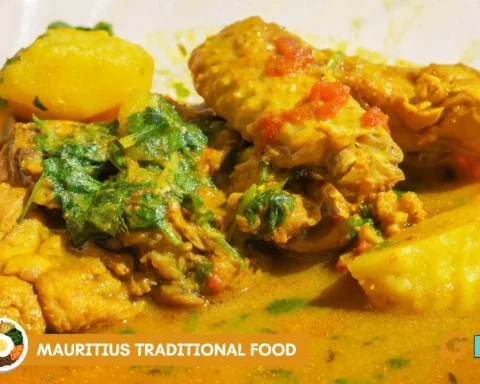Posho, a staple food in many East African countries, is significant in the culinary landscape. Whether you’ve grown up enjoying its comforting taste or just discovering this traditional dish, understanding what posho is and how to cook it is a valuable cultural experience. This blog will guide you through the essentials of posho, from its origins to cooking techniques, ensuring you can savour this delicious and hearty meal.
Table of Contents
What is Posho?
Posho, also known as ugali in Kenya, nsima in Malawi, and sadza in Zimbabwe, is a traditional dish made from white maize flour. It is a fundamental part of the diet for many people in East Africa and is often served as a staple food with various accompaniments. This versatile dish can be enjoyed at home, in local restaurants, and even at boarding schools, where it sustains students.
The Basics of Cooking Posho
Cooking posho is a straightforward process that requires just a few ingredients and a bit of technique. The key components are white maize flour and water. The ratio of these ingredients can vary depending on how thick or soft you want the posho to be. Generally, you’ll need about 2 to 3 cups of water for every cup of maize flour.
Boiling the Water
- In a pot, bring 1 litre of water to a boil. You can adjust the amount of water based on the volume of posho you want to prepare.
Adding the White Maize Flour
- Once the water is boiling, reduce the heat to medium.
- Gradually add the white maize flour to the boiling water while continuously stirring to prevent lumps from forming.
Stirring and Cooking
- Keep stirring the mixture vigorously to ensure even distribution of the maize flour.
- Allow the mixture to cook for about 10 to 15 minutes. The posho will begin to thicken and pull away from the sides of the pot.
Different Types of Posho
When it comes to posho, there’s more than meets the eye. Beyond its simple appearance and basic ingredients, this East African staple has diverse variations that add flavour and texture to the dining experience. From the classic white maize flour posho to the nuttier brown posho and even experimental renditions with corn flour, let’s explore the intriguing world of different types of posho and how they contribute to the region’s rich culinary tapestry.
Actual Posho vs. Brown Posho
Traditionally, posho is made using white maize flour, resulting in a dish with a lighter colour. However, in some regions, brown posho is also enjoyed. Brown posho is made from maize flour that includes the outer husk of the maize kernel. This version of posho has a slightly nuttier flavour and a coarser texture.
Cooking Posho with Corn Flour
While maize flour is the classic choice for making posho, corn flour can also be used. Corn flour posho has a smoother texture than maize flour posho’s grainier texture. The process of cooking posho with corn flour remains essentially the same as described earlier.
Posho in Comparison to Other Staples
Posho is a distinctive contender with its own characteristics and culinary significance. Often drawing comparisons to rice, another widely consumed staple, posho brings its unique attributes to the table. This section’ll delve into the nuances that set posho apart from rice and how it harmonizes with various accompaniments, showcasing its versatility and cultural importance.
Posho vs. Rice
Posho is often compared to rice because it is a staple food. However, there are notable differences between the two. Posho is typically denser and heartier than rice, making it a filling choice for meals. Additionally, posho has a neutral flavour, which allows it to complement a wide variety of dishes.
Serving Posho with Sauce
One popular way to enjoy posho is by pairing it with a flavorful sauce. This sauce can be made with vegetables, meat, or beans, providing a balanced and satisfying meal. The combination of posho’s mild taste with the rich flavours of the sauce creates a delightful culinary experience.
Posho Recipes: Beyond the Basics
While the traditional preparation of posho remains a beloved choice, culinary creativity knows no bounds. Beyond the basic recipe lies a world of possibilities, posho transforms into innovative variations catering to different tastes and dietary preferences. In this section, we’ll embark on a journey to discover the exciting realm of posho recipes that go beyond the norm, including a delightful twist known as posho rice and a creative alternative aptly named mock posho.
Adding a Twist: Posho Rice
A creative variation of posho involves transforming it into “posho rice.” To achieve this, cook the posho to a slightly softer consistency, resembling the texture of cooked rice. This alternative form of posho can be served with stews, curries, and other dishes that traditionally accompany rice.
Mock Posho: A Creative Alternative
Mock posho can be an excellent alternative for those seeking a gluten-free or lower-carb option. Mock posho uses ingredients like cauliflower or other vegetables instead of maize flour. The cooking process remains similar, but the result is a lighter dish that can be enjoyed guilt-free.
Tips for Perfecting Your Posho
- Use a wooden spoon for stirring to prevent sticking.
- Gradually add the flour to the water while stirring to avoid clumps.
- Adjust the ratio of water to flour to achieve your desired consistency.
- Allow the posho to cook thoroughly to avoid a raw taste.
- Experiment with different types of flour for unique variations.
Conclusion: Embracing the Heartiness of Posho
In conclusion, posho is more than just a dish—it’s a representation of East African culture and a source of sustenance for many. Whether you’re enjoying a simple meal at home or exploring the flavours of a local restaurant, posho’s versatility and heartiness make it a beloved choice. From the classic white maize flour posho to innovative alternatives like posho rice and mock posho, there’s a version for every palate. So, dive into the world of posho, savour its unique taste, and appreciate its role in the culinary landscape. Remember, a meal without posho is like a story without a key ingredient—a plate of posho!
FAQs
What is posho made of?
Posho is primarily made from white maize flour and water. It’s a simple yet hearty dish that forms a staple in the diets of many East African countries.
Which countries eat posho?
Posho is a popular dish in several East African countries, including Kenya, Uganda, Tanzania, Malawi, and Zimbabwe. It holds cultural and culinary significance in these regions.
Is posho rich in carbohydrates?
Yes, posho is rich in carbohydrates. Maize flour, the main ingredient in posho, is a carbohydrate-rich staple providing a substantial energy source.
Is maize good for health?
When consumed as part of a balanced diet, Maize can be beneficial for health. It is a good source of dietary fibre, vitamins, and minerals. However, it’s essential to ensure that maize-based dishes are prepared and consumed healthily, considering factors such as portion size and accompanying ingredients.









